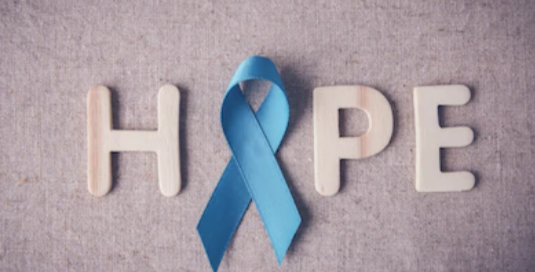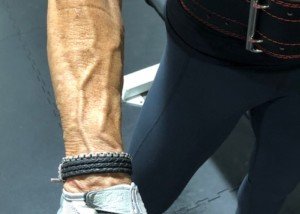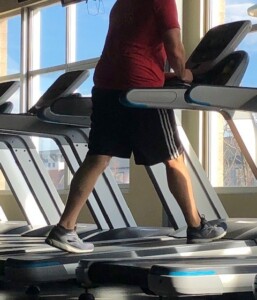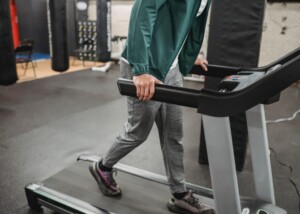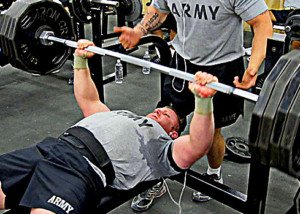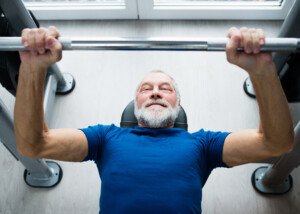If Prostate Cancer Can Be Found Early Why Do So Many Men Die?

About 23,000 U.S. men die from prostate cancer every year, yet the disease can be found early when it’s highly curable.
So why do so many men die from this cancer? (more…)
How to Tell if Your Urine Really IS Oily??

“If you think your urine is oily…it’s probably not,” says Michael D. Lutz, MD, board certified urologist with Corewell Health/Beaumont Hospital; President, MIU Men’s Health Foundation. (more…)
How Serious Is It When Protein Is Found in the Urine?

If a urinalysis shows that you have an abnormal amount of protein in your urine, this can spell a lot of trouble.
You can have a very serious condition that can kill you if not managed: diabetes. (more…)
Will Fat Gripz Give Women Huge Forearms?

Very few women use Fat Gripz, and I’m supposing this is because they think this device will give them big forearms.
I want big forearm muscles and have not been able to get them using Fat Gripz.
Maybe I’m not using this device often enough, but you need not use Fat Gripz often if you simply want to increase your grip strength.
Why Fat Gripz Will Not Make a Woman’s Forearms Huge
The muscles that control your hand grip are in the forearm.
These are small thin muscles. Do you realize just how difficult it is to make naturally small thin muscles big?
This is why many men struggle to blow up their forearms.
I have a very strong grip. I never use gloves or straps for pulling exercises, and can deadlift 215 with either an overhand grip or an underhand grip.
I put Fat Gripz on a 135 pound barbell that’s racked on the lower pegs of a bench press station.
I stand over the bar, then grasp the blue devices and lift the bar off the pegs and hold for several seconds. NO mixed grip.
I alternate between an overhand and underhand grip for several sets.
This is exceedingly difficult for a woman to do. I’m sure that most men pulled off the street wouldn’t be able to lift 135 pounds this way even a millimeter off the pegs.
However, this exercise has done nothing for forearm hypertrophy.
Maybe if I add Fat Gripz to my rows I’ll start seeing forearm hypertrophy, but I doubt these muscles will ever develop Popeye proportions.
Women should incorporate Fat Gripz into their regimen to increase their grip strength.
These devices are advertised as a means to make one’s forearms big.
But I seriously doubt that a woman has to worry about getting huge unsightly forearms from this ingenious tool.
 Lorra Garrick has been covering medical, fitness and cybersecurity topics for many years, having written thousands of articles for print magazines and websites, including as a ghostwriter. She’s also a former ACE-certified personal trainer.
Lorra Garrick has been covering medical, fitness and cybersecurity topics for many years, having written thousands of articles for print magazines and websites, including as a ghostwriter. She’s also a former ACE-certified personal trainer.
Is It Worth It to Start Lifting Weights at Age 45?

Ask a person who didn’t begin training with weights till age 55 if 45 is too old to begin lifting weights.
If you’re around 45 and have never before strength trained, you still have SO MUCH to gain from picking up barbells and dumbbells! (more…)
How to Check the Moles You Can’t See on Your Back
If you struggle to get a good look at all the moles on your back when you do your skin cancer self-exams, there’s a solution to this problem. (more…)
Why Don’t Women Who Carry Toddlers Have One Huge Arm?

Many women carry their toddlers and preschoolers around, usually only with their dominant arm, yet that arm isn’t big with muscles, even though a child of two to three years may weigh 28 to 35 pounds. (more…)
You Know Your Treadmill Workouts Aren’t Working When…
The treadmill is a great piece of equipment for weight loss and gaining fitness, yet why for some people don’t they see ANY results?
Well, just because exercise equipment can work wonders for weight loss and fitness doesn’t mean that its user is using it correctly. (more…)
Which Burns More Fat: Rock Wall Climbing or Yoga?
Between rock wall climbing and yoga, which burns more fat depends on the skill level of the person. (more…)
Why Senior People Should Bench Press & Leg Press: Brain Health

Senior age or elderly people should get into bench pressing and leg pressing to help preserve brain health.
Many people of senior age worry about developing problems with memory or other cognitive tasks.
It’s never too late to improve mental function by developing stronger muscles.
Brain Health Linked to Muscle Strength
A very interesting study shows that greater muscle strength is associated with better brain function in senior age men and women.
For the study, the strength of 338 men and women (mean age 66) was measured.
• Grip strength
• Leg press
• Leg extension
• Leg curl
• Chest press
• Seated row
In this study, led by Heikki Pentikäinen and published in European Geriatric Medicine, hand-grip strength alone was not enough to be correlated to better brain health.
But when summation scores for the other strength training moves were factored in, the association became quite clear.
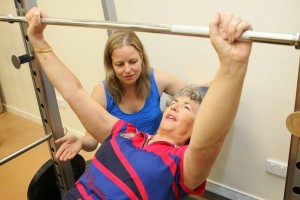
No Gain, No Brain
People of elderly age who don’t lift weights should start lifting to improve their brain health.
Very few senior age people, even men, are seen bench pressing at gyms.
“As long as you have a spotter, a bench press can be beneficial to senior citizens,” says Monica Charlton, a senior exercise specialist and certified Silver Sneakers/personal trainer out of New Orleans.
“By being on your back without the weight and pressure on the knees and joints, seniors can start at a lower weight, or even just the bar, to help build muscles in the chest and work the heart.
“To begin, you may even want to use dumbbells, as this can help get the same results, but with less strain on the body.”
The seated chest press as well while lying on one’s back will also train the chest, shoulders and deltoids.”
The leg press is another superb exercise for elderly men and women. Nearly can perform this exercise.
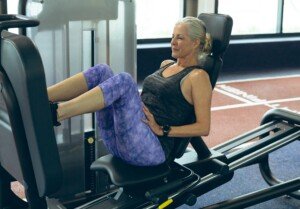
Shutterstock/wavebreakmedia
“Seniors who build muscles in their legs can produce lean muscle mass and lower blood pressure,” says Charlton.
“The good thing about the leg press for seniors is that there is no balance or coordination required.
“Although you don’t need to use your balance on the machine, it will still help improve your overall balance and strength by working your lower body in the pushing motion.
“Start out at a lower weight to reduce the chances of any injury, and then gradually go to a higher weight, as long as you don’t feel any straining.”
The bench press (or similar) and leg press will not only strengthen muscles, bones and joints, but will enhance brain health in older people.
Here’s a great question: Have you ever seen an advanced-age person with muscles who gets confused easily and forgets what he was talking about just minutes earlier?
 Monica Charlton’s personal training services include fitness/body composition assessments, nutrition planning, running programs and customized programs for clients with disabilities or injuries, as well as older and mainstream clients.
Monica Charlton’s personal training services include fitness/body composition assessments, nutrition planning, running programs and customized programs for clients with disabilities or injuries, as well as older and mainstream clients.
 Lorra Garrick is a former personal trainer certified through the American Council on Exercise. At Bally Total Fitness she trained women and men of all ages for fat loss, muscle building, fitness and improved health.
Lorra Garrick is a former personal trainer certified through the American Council on Exercise. At Bally Total Fitness she trained women and men of all ages for fat loss, muscle building, fitness and improved health.
.

